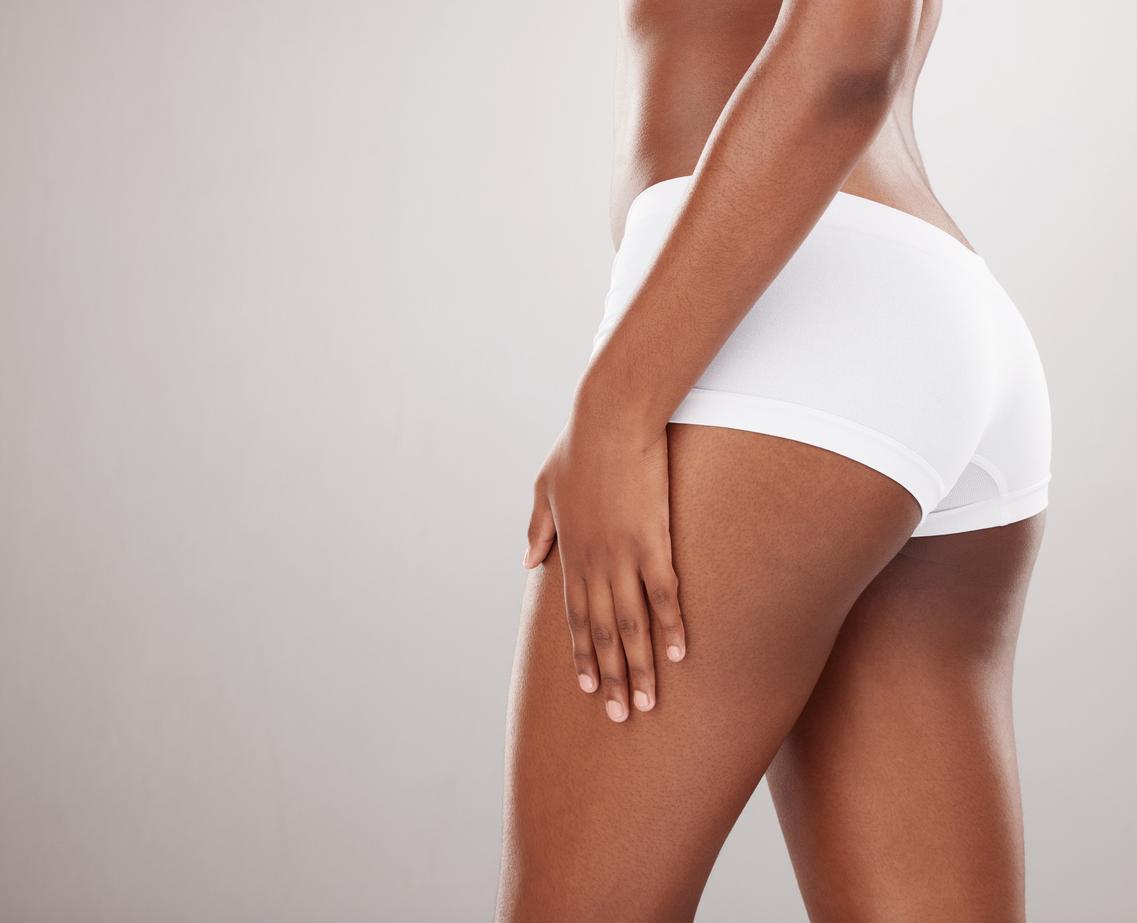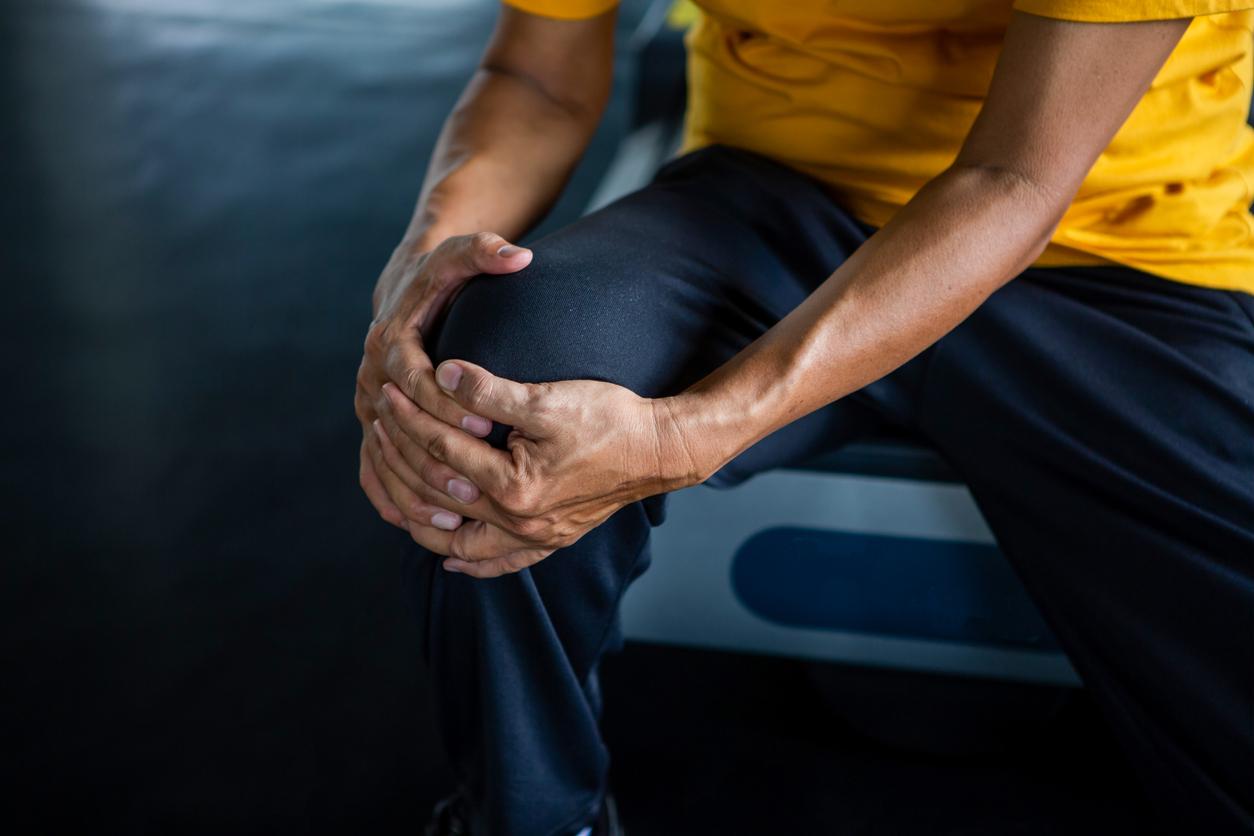
All misunderstandings explained
When people think of osteoarthritis, they often think of aging. Or worn out bones. While osteoarthritis is a disease that you can get at any age.
Osteoarthritis is a chronic disease of the articular cartilage between the bones and vertebrae. This cartilage is supposed to protect the joints during movement. This way the bones do not rub against each other, but they move smoothly.
Stiffness
Healthy cartilage is therefore very smooth. In osteoarthritis it becomes rough and irregular, in some places it can even disappear completely. This gives stiffness and a lot of pain when moving. The adjacent bone is also thickened in some places, this also causes pain when moving (it is as it were chafing). Small pieces of loose cartilage also cause irritation and inflammation in the joint.
Forms
There are two forms of osteoarthritis:
- Primary osteoarthritis is the form of osteoarthritis for which no identifiable cause can be found. It can occur at any age.
Primary osteoarthritis can also be hereditary. It often develops before the age of 40. - Secondary osteoarthritis can also occur at any age and has a clear cause. The damage to the articular cartilage is often caused by a break (fracture), surgery, hereditary abnormality (such as dysplasia where the joint is not properly constructed) or inflammation of the joint. Secondary osteoarthritis can also be caused by abnormal loading of the joint.
Osteoarthritis can occur in several joints at the same time. We then speak of polyarthrosis. In mono-articular osteoarthritis, a single joint is affected.
Misunderstandings about osteoarthritis
There are a number of misunderstandings about osteoarthritis. We list them for you.
- Osteoarthritis is a disease of old age.
This is not true. Osteoarthritis can develop at any age, although the risk increases with age. - Osteoarthritis is wear and tear.
No, osteoarthritis is not wear and tear, but a rheumatic disease. In this condition, the quality of the articular cartilage gradually decreases. This is caused by tears in the cartilage. Eventually, the cartilage may even disappear completely in some places. - Osteoarthritis cannot be treated.
Osteoarthritis cannot be cured, but treatment certainly makes sense. Pain and inflammation can be treated with medications. The stiffness can be combated with exercise therapy. In addition, you keep the muscles strong and flexible. In some cases, joints can be surgically replaced by artificial joints. - Osteoarthritis is the same as (chronic inflammatory) rheumatism.
This is also not true. Chronic inflammatory rheumatism (rheumatoid arthritis) is also a disease of the joints. Only then there is, among other things, joint inflammation instead of cartilage deterioration. It is often associated with osteoarthritis. - Joints wear out with movement.
On the contrary: movement is necessary to keep the joints flexible.
joint pain
Osteoarthritis is one of the best-known causes of joint pain. The best remedy for joint pain due to osteoarthritis is in movement to stay. In this way you keep the joint capsules flexible. Losing weight and walking with a cane reduces the pressure on the joints. This will relieve you of the pain.
Preventing joint pain
- Live regularly and eat healthy.
- If you have complaints such as getting smaller, backache or a crooked posture, see your doctor. He can check whether it is osteoporosis.
- Get plenty of exercise, preferably outdoors.
- Ensure intake of sufficient vitamin D.
- Use alcohol and caffeine in moderation.
- Prevent stress

















